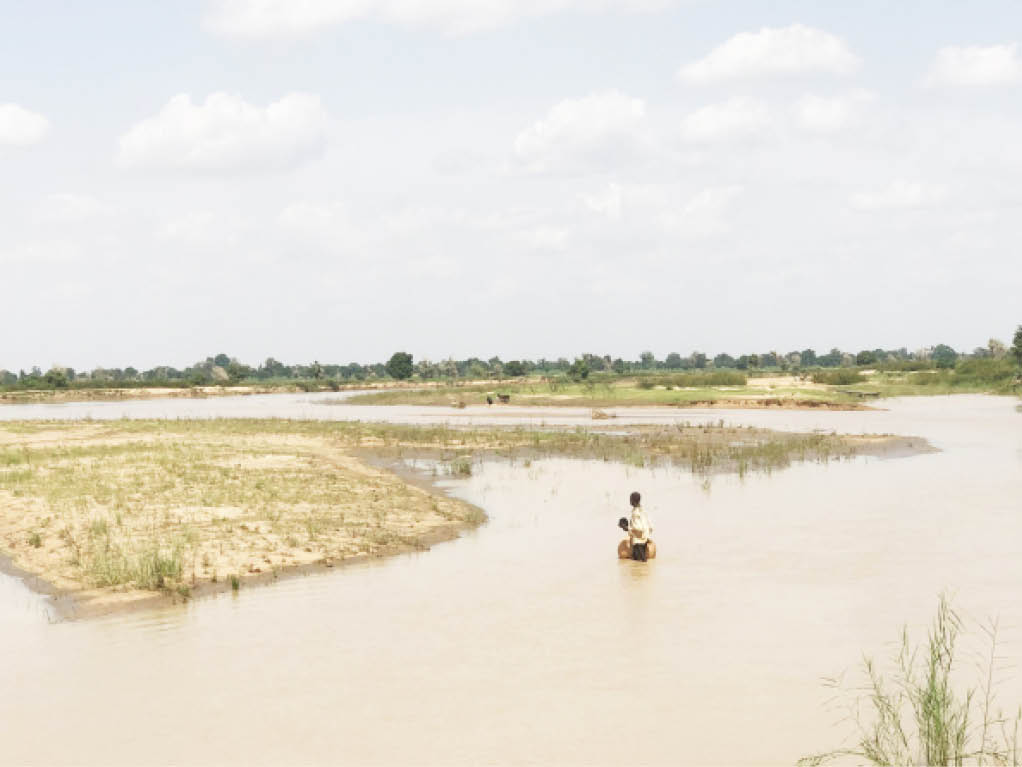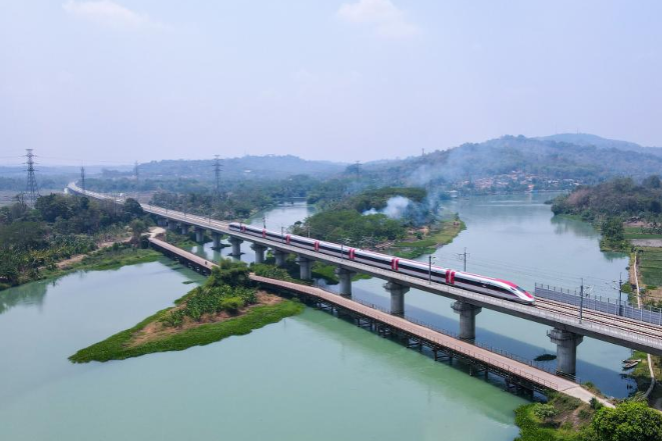China and Southeast Asia: Deepening Multilateral Cooperation and Economic Growth
This is an analysis report by Amelie from Hong Kong Commercial Daily: Against the backdrop of the Belt and Road Initiative (BRI)'s deepening implementation, China's multilateral cooperation with Southeast Asian nations—Vietnam, Malaysia, and Cambodia—has entered a new phase of synergy. Rooted in ancient trade ties, these partnerships draw on historical connections: Vietnam maintained close exchanges with China since the Qin and Han dynasties as a key node on the Maritime Silk Road; Cambodia's Angkor Empire engaged in tributary trade with the Yuan Dynasty; and Malaysia's Malacca historically served as a pivotal hub for East-West commerce. These legacies now bolster modern collaboration.
In recent years, China and the three nations have established comprehensive cooperation frameworks. Vietnam remains China's largest trading partner within ASEAN, with bilateral trade hitting $260.65 billion in 2024—the fourth consecutive year exceeding $200 billion. Malaysia, home to the BRI's flagship East Coast Rail Link (ECRL) project, is advancing partnerships in digital innovation and green energy. Meanwhile, Cambodia's Sihanoukville Special Economic Zone, a model of industrial collaboration, has attracted 202 enterprises and generated approximately 32,000 local jobs.
Multilateral mechanisms continue to strengthen. Under the Regional Comprehensive Economic Partnership (RCEP), over 90% of goods traded among the four countries will eventually enjoy zero tariffs. The Lancang-Mekong Cooperation (LMC) framework has spurred breakthroughs in cross-border economic zones and agricultural projects involving China, Cambodia, and Vietnam. Collaboration now extends to emerging sectors like digital technology and renewable energy, reflecting evolving global dynamics. Marking the 10th anniversary of the BRI, accelerated strategic alignment is underway. Key connectivity projects—such as the China-Laos Railway's planned extension to Cambodia, Malaysia's ECRL set for completion in 2026, and smart cross-border ports between China and Vietnam—are poised to elevate regional economic integration. With digital and green economies emerging as growth engines, this quadrilateral cooperation is expected to inject fresh momentum into building a closer China-ASEAN community with a shared future.
In related news, Cambodia on Saturday inaugurated the China-funded National Road 71C, connecting the eastern Tbong Khmum province with the southeastern Kampong Cham province, for economic boom in the country. Speaking at the inauguration ceremony, Cambodian Prime Minister Hun Manet said the 114.9-km road is crucial to facilitating travel and goods transportation and will play an important role in helping boost the local economy and tourism development.
"The National Road 71C is expected to help boost the efficiency of the exports of agricultural and agro-industrial products, particularly rubber," he said. "It will also help attract more tourists and investors to areas along the road."
Hun Manet said China is an "indispensable friend" of Cambodia for socio-economic development. "China is recognized as No. 1 partner, who has been providing a great amount of concessional loans and grants for the development of infrastructure, including roads and bridges in Cambodia," he said. He noted that the alignment between China's Belt and Road Initiative and Cambodia's Pentagonal Strategy has provided "win-win results".
Chinese Ambassador to Cambodia Wang Wenbin remarked that China has helped construct national roads in a total length of over 4,000 km and more than 10 large-scale bridges. "Roads and bridges across the Mekong and Tonle Sap Rivers have not only facilitated the daily travel of the Cambodian people but also injected vigorous energy into the development of Cambodia," he said, emphasizing this as a vivid example of the alignment between the Belt and Road Initiative and the Pentagonal Strategy.
Cambodian Minister of Public Works and Transport Peng Ponea mentioned that the road was constructed by the Shanghai Construction Group (SCG) in 42 months. "The road will facilitate travel, trade, and tourism in both countries and nearby provinces," he said. "It will also facilitate the transportation of crop seeds and agricultural and agro-industrial products, reducing costs and travel time."
Taing Sim, a 52-year-old resident in Kampong Cham province, shared that travel was difficult before the road's construction due to mud and bumpy conditions. "Now, the road is nice, which will facilitate the fast transportation of goods such as tapioca, cashew nuts, and rubber latex," she said. "I would like to thank China for helping develop Cambodia, and the Cambodian people are pleased to see good roads and bridges," she added, referencing the Cambodian proverb, "Where there is a road, there is hope," indicating that China has built hope for the Cambodian people.
Heng Sivleng, a 53-year-old resident in Kampong Cham province, noted the reduced travel time and costs due to the improved road conditions. Previously, a motorcycle trip from Tbong Khmum to Kampong Cham could take up to three hours during the rainy season because of the poorly maintained road. "Now, the road is good and convenient to travel, reducing costs on fuel and shortening travel time," she told Xinhua.











